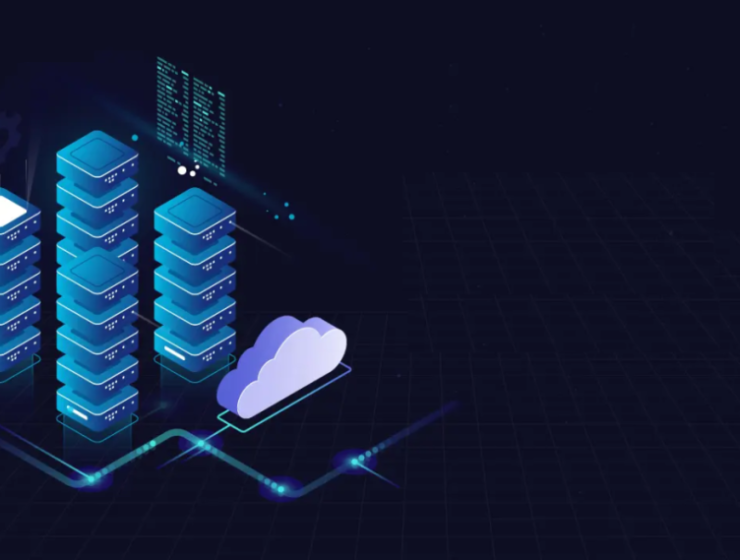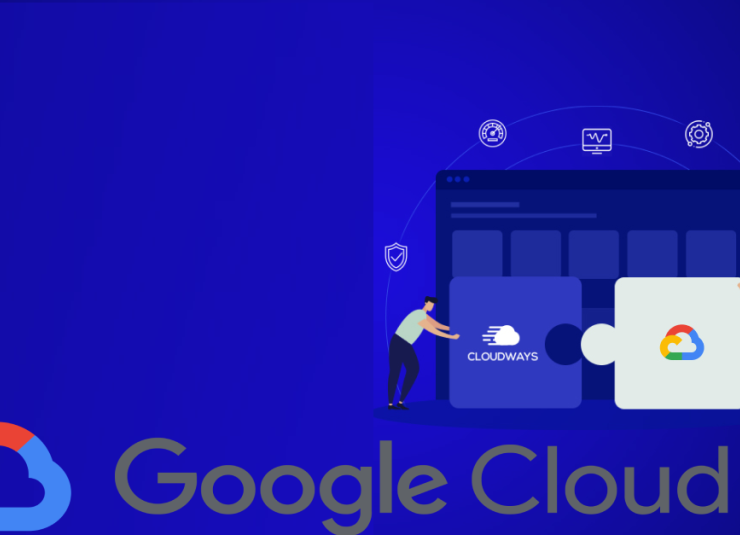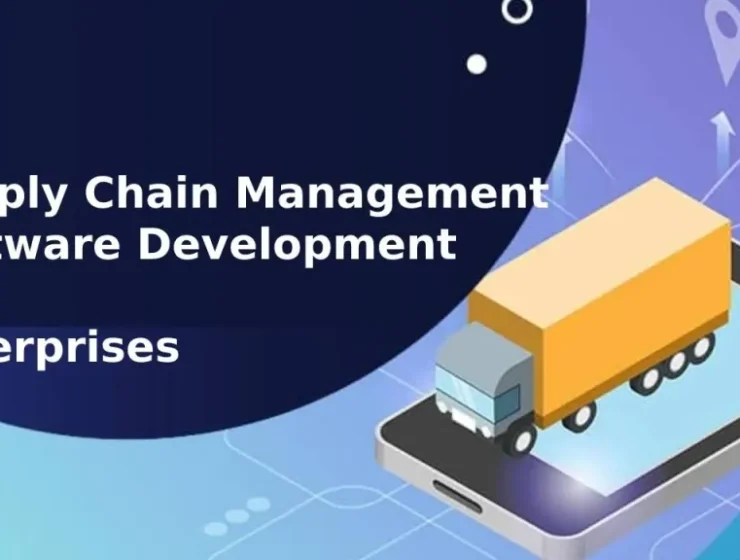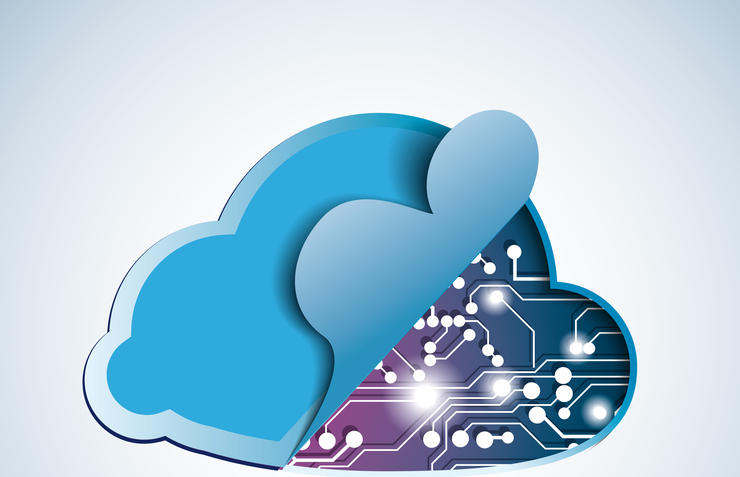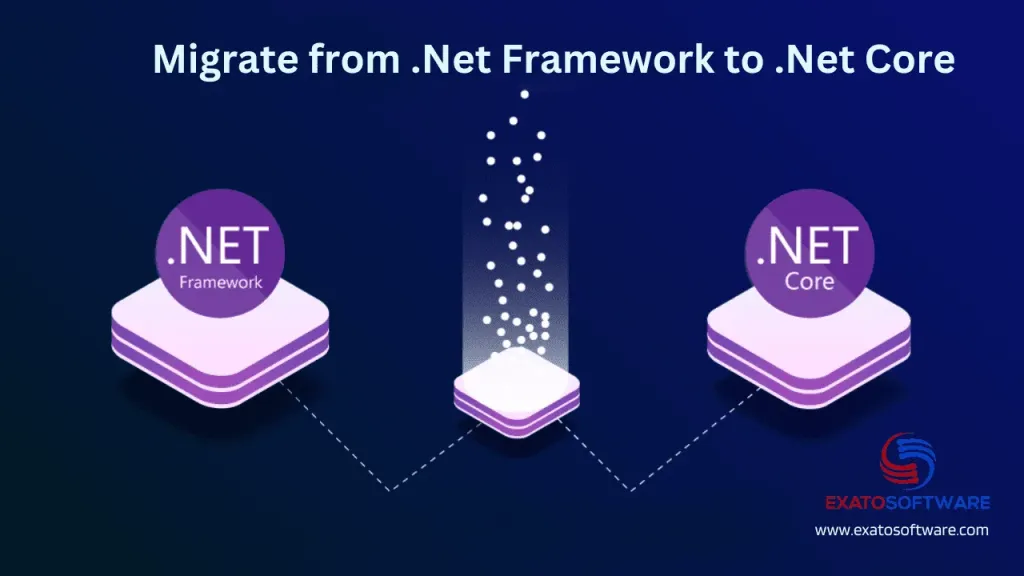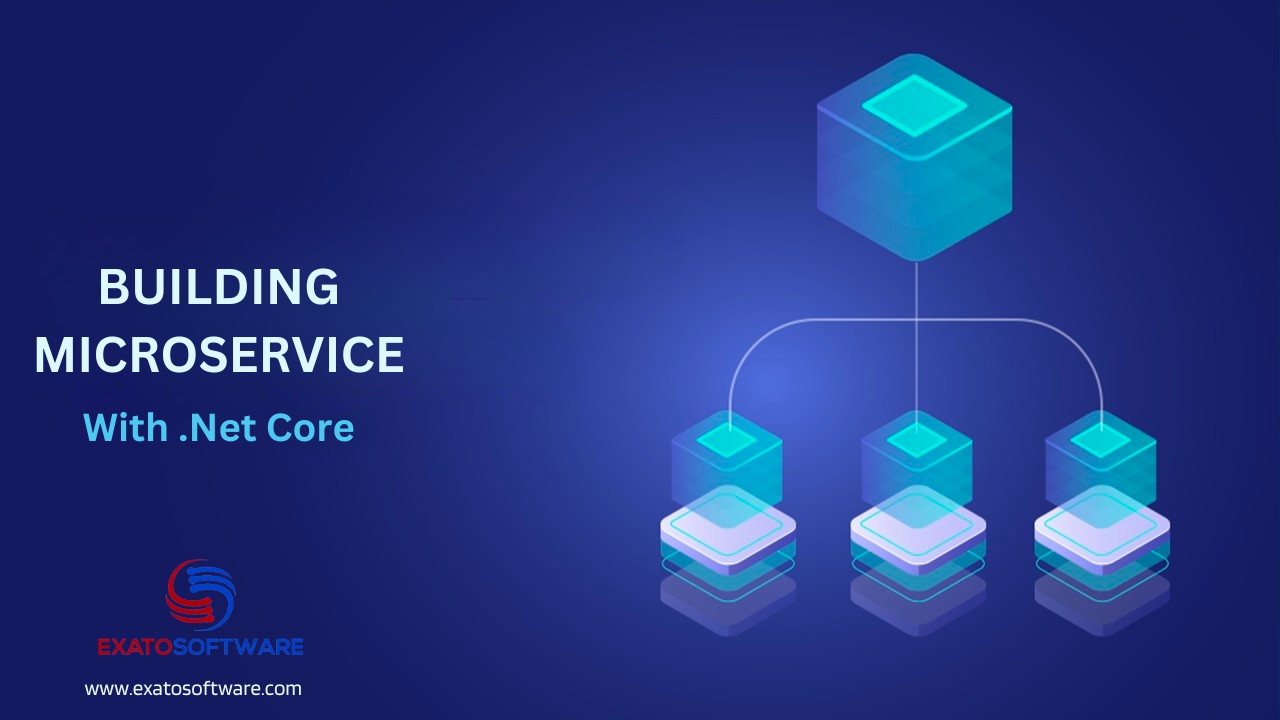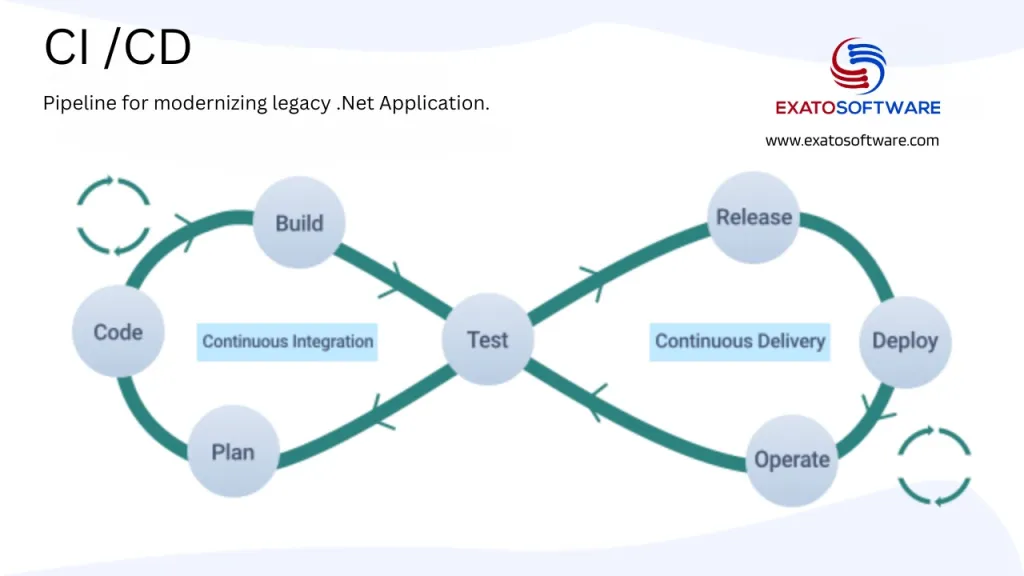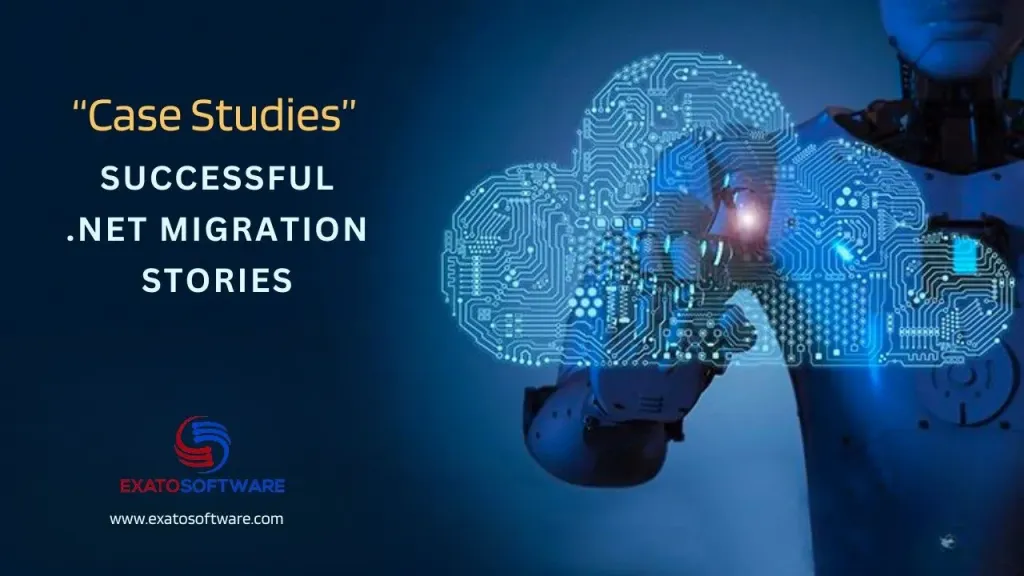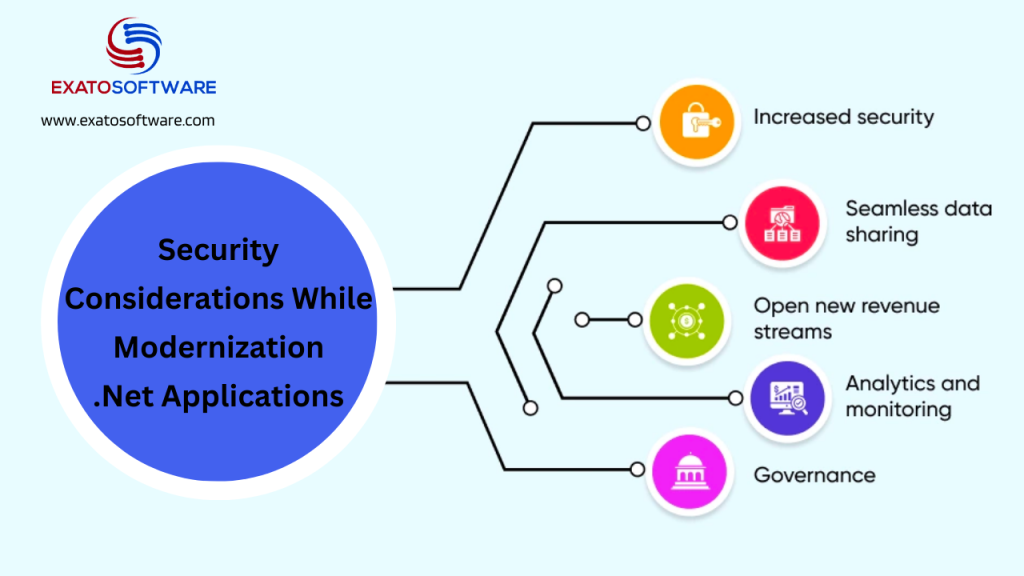
React Component Libraries and UI Frameworks: Reviews and Comparisons
Here are a few commonly used react components libraries and UI Frameworks. The best choice depends on your project’s specific needs. React UI Libraries/Component Libraries Material-UI: Pros: Comprehensive set of components following Google’s Material Design principles. Good documentation and active community support. Cons: Some may find it heavy in terms of bundle size. Ant Design: […]

